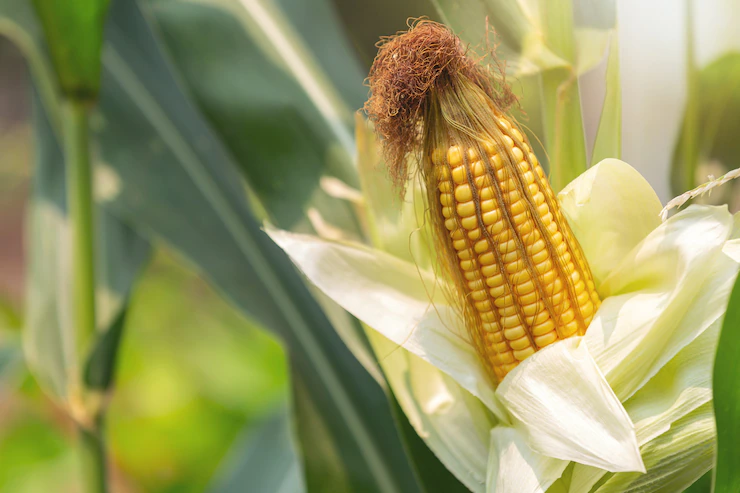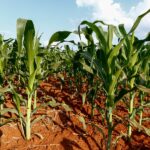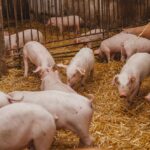When growing maize in South Africa, there are several infections and diseases that farmers should be aware of. These can significantly impact the yield and quality of the crop. Here are some of the common infections and diseases to watch out for:
- Maize Streak Virus (MSV):
Maize Streak Virus is one of the most destructive diseases affecting maize in South Africa. It is transmitted by leafhoppers and causes streaking of leaves, stunting, and poor grain development. - Grey Leaf Spot (GLS):
Grey Leaf Spot is a fungal disease that affects the leaves of maize plants. It appears as small, rectangular lesions with a grey center and dark border. Severe infections can lead to defoliation and reduced grain yield. - Maize Rust:
Maize Rust is caused by the fungus Puccinia polysora and affects both leaves and stalks. It appears as brown to reddish-brown pustules on the leaves and can cause premature drying and reduced photosynthesis. - Diplodia Ear Rot:
Diplodia Ear Rot is a fungal disease that affects maize ears. It can lead to rotting of kernels, reducing grain quality. Infected ears often have a white mold growth and produce lightweight, shriveled kernels. - Fusarium Ear and Stalk Rot:
Fusarium Ear and Stalk Rot are caused by different species of Fusarium fungi. These diseases cause discoloration, rotting, and wilting of the ear and stalk. Infected kernels may have pinkish or white mold growth. - Maize Smut:
Maize Smut is a fungal disease that affects various parts of the maize plant, including leaves, tassels, and ears. It causes the formation of large, black galls filled with spores. Infected ears may be deformed and have reduced grain quality. - Northern Corn Leaf Blight (NCLB):
Northern Corn Leaf Blight is a foliar disease caused by the fungus Exserohilum turcicum. It appears as cigar-shaped lesions on the leaves, starting as small water-soaked spots. Severe infections can lead to significant yield loss.
To effectively manage these infections and diseases, farmers should implement integrated pest management strategies, including crop rotation, use of disease-resistant maize varieties, proper irrigation and drainage, balanced fertilization, and timely application of fungicides when necessary. Regular scouting and monitoring of the crop are essential for early detection and intervention. Consulting local agricultural extension services or experts can provide region-specific guidance for disease management in maize cultivation.
Join 'Farmers Mag' WhatsApp Channel
Get the latest Farming news and tips delivered straight to your WhatsApp
CLICK HERE TO JOIN






